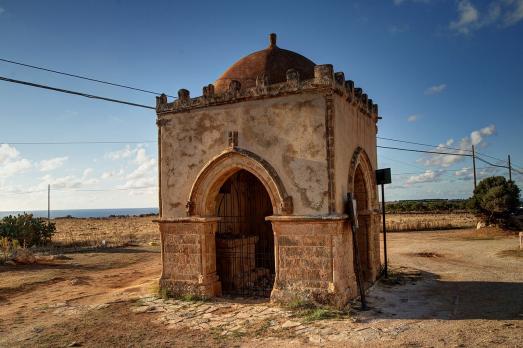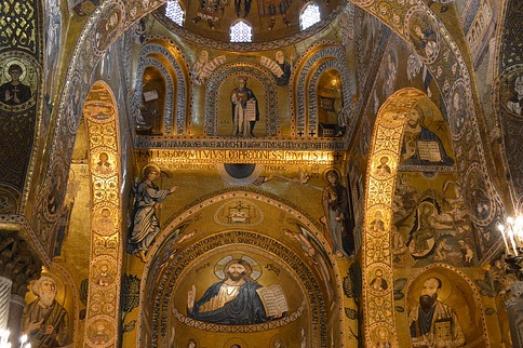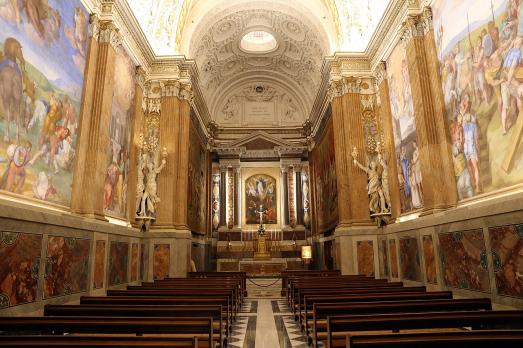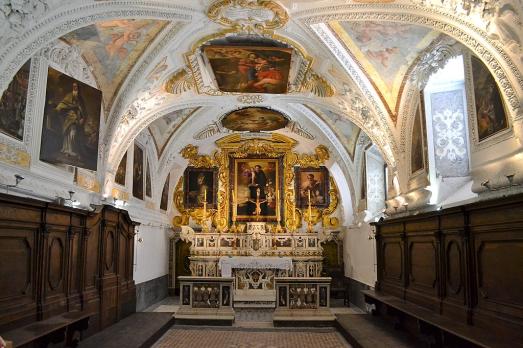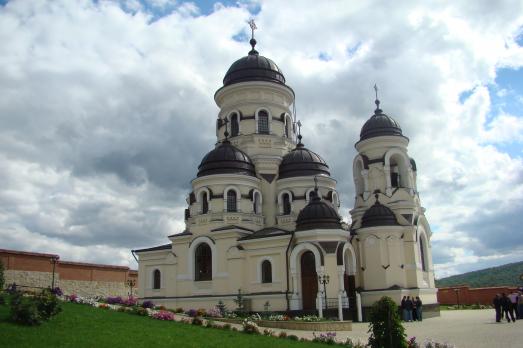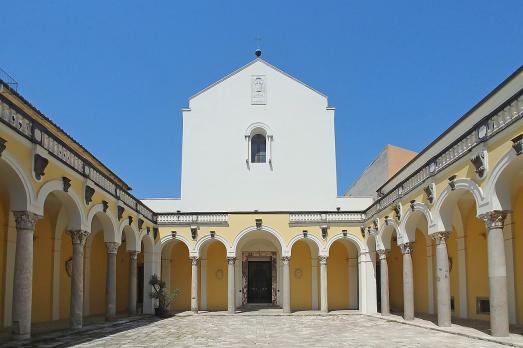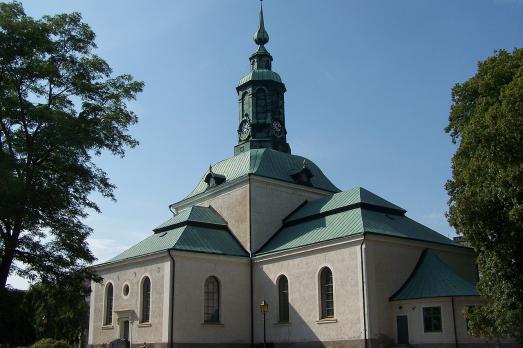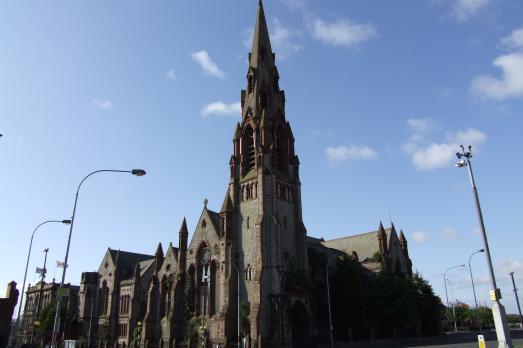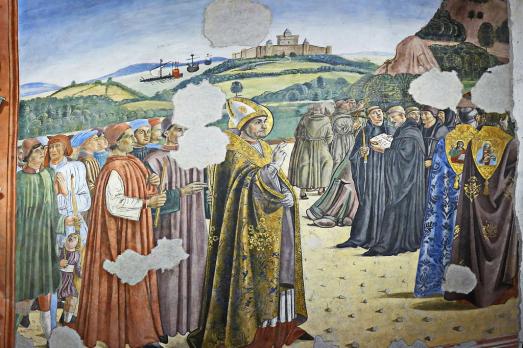
Cappella di Bessarione
Roma, IT
This funeral chapel was built in the mid 15th century for Cardinal Bessarione with frescoes attributed to Antoniazzo Romano and Melozzo da Forlì. In the vault you can admire the Choir of Angels and, on the right and left of the chapel, two frescoes that are an important testimony of Renaissance painting.
